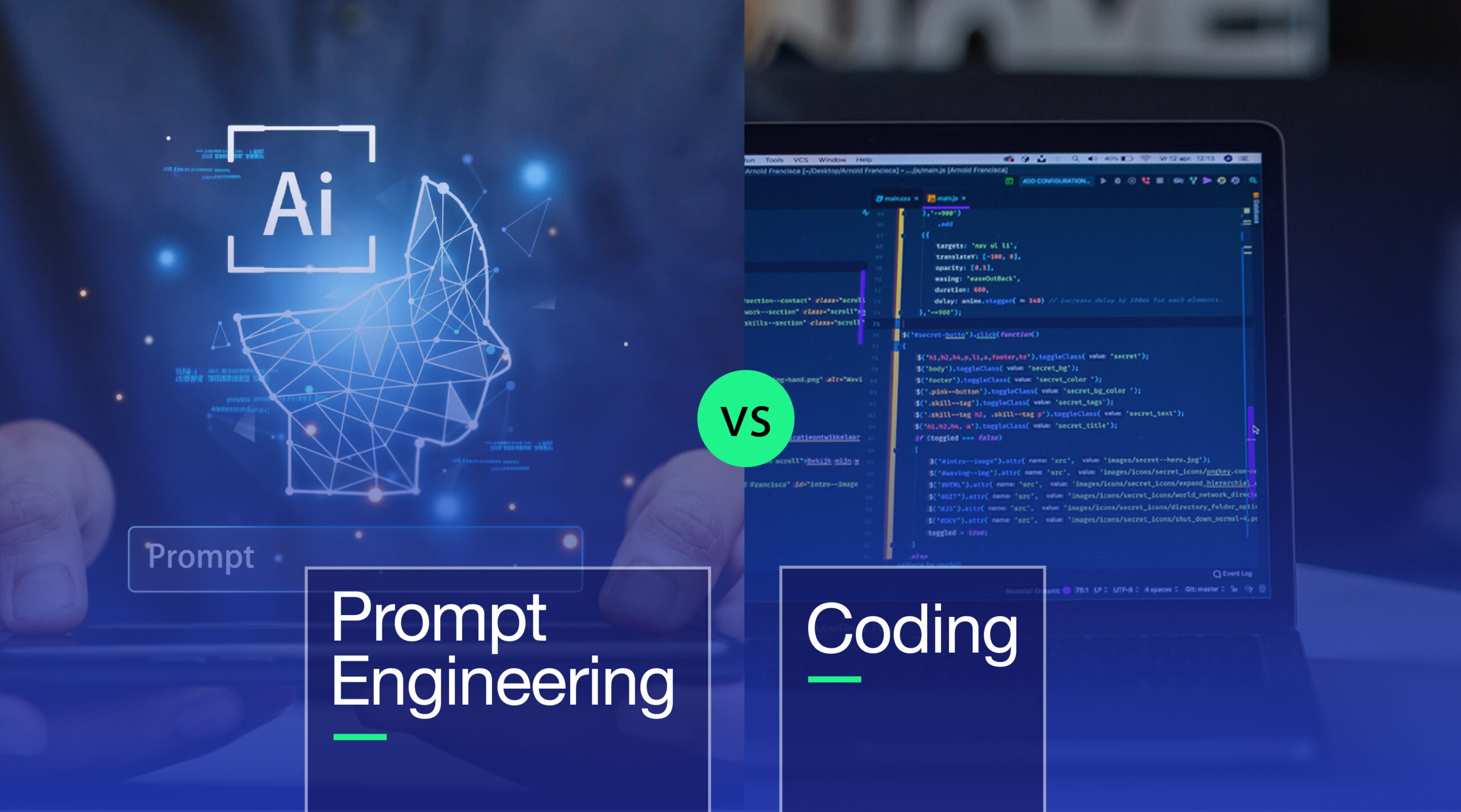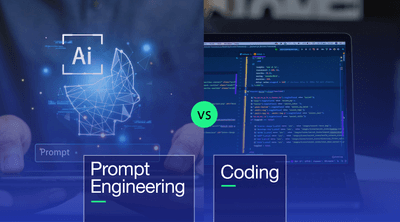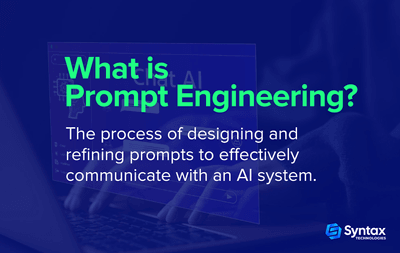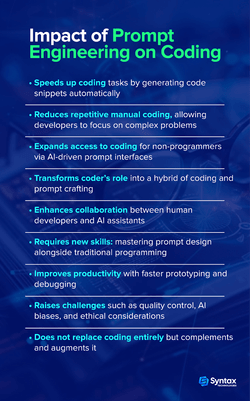In recent years, the world of technology has seen a surprising new trend that’s changing how we interact with computers — the Rise of Prompt Engineering. Imagine telling a computer what you want in plain English and having it write code, generate ideas, or solve problems for you. Sounds futuristic, right? Well, this is not science fiction anymore. Prompt engineering is quickly becoming a crucial skill that bridges human creativity and artificial intelligence, reshaping the traditional role of coding.
In this blog, we’ll explore what prompt engineering really is, how it connects to coding, and why its rise is creating exciting new opportunities for beginners and experienced tech professionals alike.
What Is Coding?
Let’s start with the basics — coding. Think of coding as writing instructions for a computer. These instructions tell the computer what to do, whether it’s making a website, creating a mobile app, or running a game. Coding is done in programming languages like Python, JavaScript, or Java. Each language has its own rules, kind of like grammar in English.
When you write code, you’re basically telling the computer step-by-step what to do. For example:
- Calculate the total price of items in a shopping cart
- Display a button on a webpage
- Connect to a database and retrieve information
Coding requires understanding these languages and knowing how to solve problems using logic and algorithms. Traditionally, it’s a technical skill that takes time and practice to master.
What Is Prompt Engineering?
Now, here’s where things get interesting with the Rise of Prompt Engineering. Prompt Engineering is a relatively new skill that has come up because of advances in Artificial Intelligence (AI), especially with something called Large Language Models (LLMs). You might have heard of ChatGPT, which is one of these AI models.
Prompt engineering means crafting or writing the exact instructions or questions (called prompts) you give to AI so that it gives you the best and most useful response. Instead of writing code line by line, you write prompts that guide the AI to do things for you.
For example, instead of writing code to generate a summary of a long article, you could simply type:
“Summarize this article in 3 sentences.”
The AI understands and does the work for you.
Why Is Prompt Engineering Important?
Since AI is so powerful but also unpredictable, writing clear and precise prompts is key. If you don’t ask correctly, the AI might give you vague or wrong answers. So, prompt engineering is about knowing how to talk to AI properly to get the results you want.
The Connection Between Prompt Engineering and Coding
You might be wondering, “How is prompt engineering connected to traditional coding?” The answer is both simple and exciting.
- Coding is about writing detailed instructions in programming languages.
- Prompt engineering is about writing smart, clear instructions in plain language for AI to understand.
In a way, prompt engineering acts like a new layer or interface on top of coding. The AI understands your prompts and generates code or content for you. This means:
- Developers can use prompt engineering to generate parts of code faster.
- People who don’t know coding well can still get things done using AI by writing good prompts.
For example, Microsoft’s GitHub Copilot is an AI tool that helps developers by suggesting code snippets based on prompts or comments they write.
The Rising Importance of Prompt Engineering
The Rise of Prompt Engineering is happening because AI tools are becoming part of everyday work. More companies want people who can use AI efficiently — and that starts with writing good prompts.
Here are some reasons why Prompt Engineering is becoming important:
- Accessibility: You don’t need to be an expert coder to create software or content. With good prompts, even beginners can leverage AI.
- Speed: It helps speed up tasks like coding, writing, designing, and data analysis.
- Demand: Startups and tech companies are hiring prompt engineers to build better AI applications.
- Versatility: Prompt engineering is not just for coding — it’s used in marketing, customer support, design, and many other fields.
According to recent industry reports, companies using AI-driven solutions with effective prompt strategies have seen productivity boosts of up to 30%. That’s a big deal in fast-moving industries.
How Prompt Engineering Affects Coding Practices
So, what does this mean for traditional coding jobs? Is prompt engineering replacing coding?
Not exactly. But it is changing the way coding works:
- Some repetitive coding tasks are now done by AI, which means developers focus on more complex problems.
- The skill set for programmers is evolving. They now need to know how to craft prompts to get the most out of AI tools.
- Coding is becoming more collaborative between humans and AI — developers write prompts and review AI-generated code.
- It lowers the barrier to entry for coding-related tasks, making it easier for non-coders to participate.
However, there are still areas where coding is essential — building complex algorithms, system architecture, and performance optimization can’t be fully replaced by AI yet.
Is Prompt Engineering the Future of Coding?
This is a big question, and experts have different opinions. But here’s what you need to know:
- Prompt engineering won’t completely replace coding anytime soon. It’s a new skill that complements coding rather than replacing it.
- The future likely holds a hybrid model where coders and prompt engineers work together.
- For beginners or freshers with no tech background, prompt engineering could be an accessible way into the tech world. You don’t have to write complex code; you just need to learn how to communicate well with AI.
- As AI advances, prompt engineering skills will become valuable in almost every profession, not just coding.
In simple terms, if you’re wondering whether to learn coding or prompt engineering, consider this: knowing both will give you the best advantage in the job market.
How to Get Started with Prompt Engineering
If you want to jump into this exciting field, here are some easy steps:
- Understand the basics of AI and LLMs: You don’t need to be an AI expert, but learn what AI models like ChatGPT do.
- Experiment with AI tools: Use platforms like OpenAI’s playground or free AI apps to practice writing prompts.
- Learn best practices for prompt writing: Be clear, specific, and iterative. For example, if a prompt doesn’t work well, tweak it and try again.
- Join prompt engineering communities: Forums like Reddit, Discord, or LinkedIn groups can help you learn from others.
- Use prompt engineering in real projects: Try automating simple tasks at work or create AI-generated content.
The great thing is that prompt engineering is beginner-friendly. You don’t need a computer science degree to start, which makes it a perfect entry point for freshers or career changers.
Conclusion
The Rise of Prompt Engineering is a sign of how technology is evolving. It’s making coding more accessible and AI more useful across different fields. Whether you’re a coder, a student, or just curious, learning prompt engineering can open new doors.
In the end, coding and prompt engineering aren’t enemies — they’re partners working together to make technology smarter and easier to use. So, if you want to stay ahead in the tech world, exploring prompt engineering is definitely worth it.




